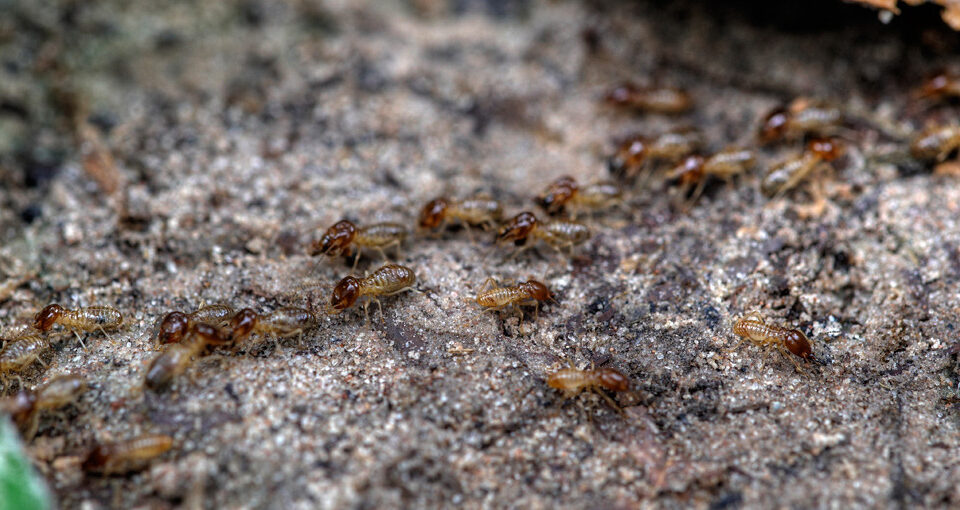A new study published in Nature has tried for the first time to put a price tag on the impact of invasive species. Researchers have been studying the effects of invasive species for decades, but it is a problem that has not really captured the attention of the public and policy makers.
According to the research by scientists at the French National Museum of Natural History, from 1970 to 2017, invasive species have cost the global economy at least $1.28 trillion dollars in damages and efforts to control them.
The team screened over 19,000 published papers, ultimately analyzing nearly 2,000 that detailed costs of various invasions at particular times. Annual costs roughly doubled every six years, reaching a yearly bill of $162 billion in 2017.
The five costliest invasive species are Aedes mosquitos, rats, cats, termites, and fire ants, collectively accounting for a quarter of the global damage.
Asian tiger mosquitos and yellow fever mosquitos alone accounted for $149 billion in damage to public health as they spread from country to country. Rats hitchhike on human boats and drive native species to extinction on islands around the world. Cats inflict damage primarily by their impact on native biodiversity. By some estimates, they kill a billion birds each year in the US alone. Termites, as they spread across the globe, wreak havoc on all sorts of infrastructure. Fire ants can feed on a variety of seedlings, from citrus to soybeans, reduce the size of grazing lands for livestock and bite and sting farm animals and humans.
The study shows invasive species are a massive problem that is getting worse.
**********
Web Links
Invasive Species Cost Billions of Dollars in Damages Annually, Researchers Find
Photo, posted March 29, 2012, courtesy of Aleksey Gnilenkov via Flickr.
Earth Wise is a production of WAMC Northeast Public Radio.
